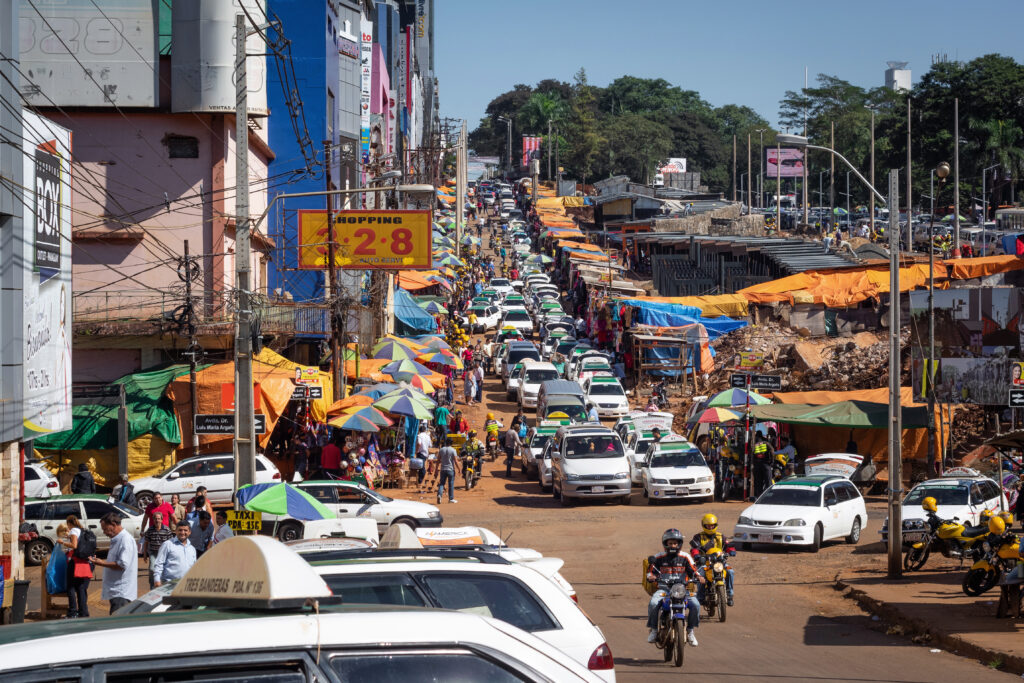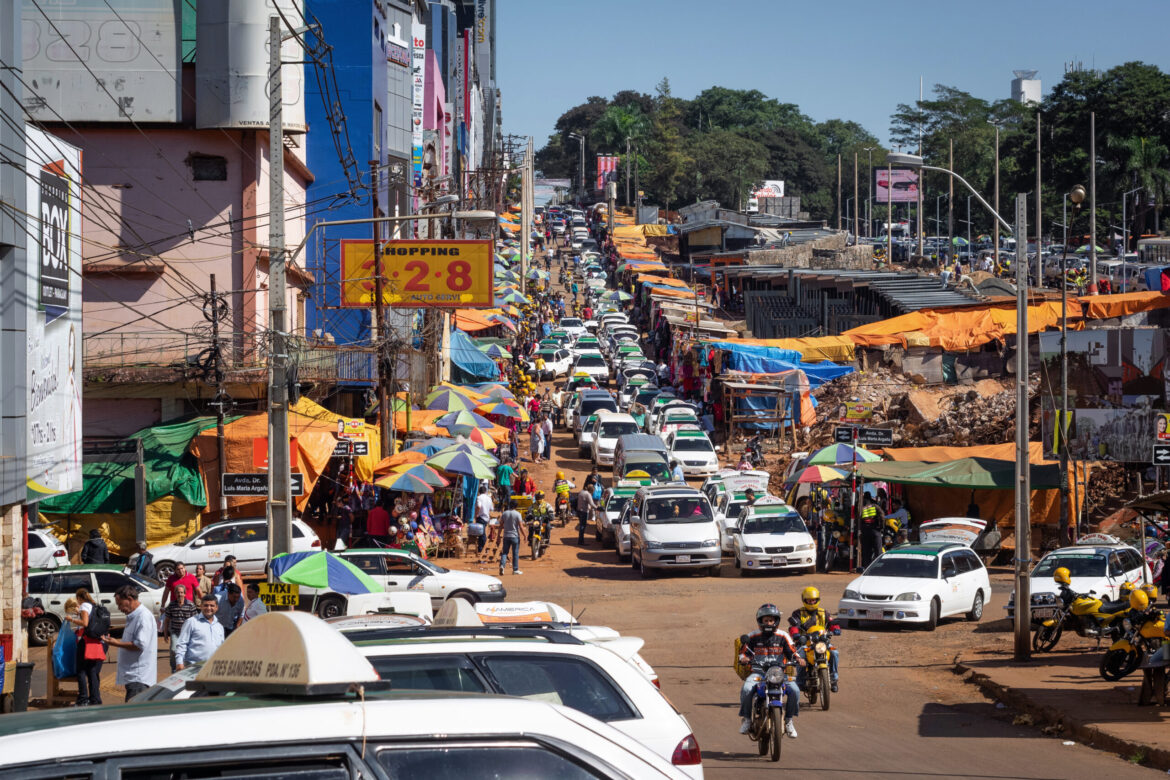

Paraguay has unveiled one of the region’s most ambitious cultural preservation projects with the launch of Proyecto Guaraní–Revista Ysyry, a digital archive and bilingual anthology that safeguards more than 14,000 poems, songs, and writings in Guaraní, Spanish, and Jopará—because so many Paraguayans speak both Guaraní and Spanish, there is plenty of code-switching between the two languages, and the resulting blended language is called Jopará, meaning “mixture.”
Revista Ysyry was a Paraguayan literary magazine that published over 20,000 poems and songs in Guaraní, Spanish, and Jopará from 1942 to 1995.
The initiative comprises a free online library (www.orembae.org.py) called Oremba’e, or “what is ours,” with a printed bilingual book of nearly 200 selected works called Che Ñe’ẽ, Che Purahei (“my word, my song”).
The collection was entrusted to former US ambassador to Paraguay James Cason, a longtime advocate of Guaraní culture who began to study the language before arriving in Paraguay and who surprised his hosts when he delivered his first speech entirely in Guaraní.
“Paraguay is the only bilingual country in Latin America,” Cason said. “Everyone speaks. It is the soul of the country. Guaraní iParaguay. This is more than music and poetry. It is a sociological and historical record of what people were thinking when these works were written.”
Guaraní is the most widely spoken of the Tupian languages, which were once used across much of South America. Today, it is one of the few spoken broadly, even by people who do not identify as Indigenous, and serves as the first or second language for millions.
According to a 2024 survey, 38.7% of Paraguay’s population over age five speaks both Guaraní and Spanish at home, 30% communicate primarily in Guaraní, and 28.5% use Spanish.
The Global Peace Foundation and Instituto Patria Soñada took on the task of protecting the material. Carmen Giménez, director of the Guarani Project and member of Instituto Patria Soñada, stressed that the language’s vitality goes beyond its Indigenous roots: “Guaraní is spoken by Indigenous and mestizo populations alike, across rural and urban sectors and even among cultural and political elites. It has become a unifying element in a diverse society, a symbol of national identity and resilience in the face of historical attempts to sideline it.
“The Paraguayan case is considered exemplary in Latin America. While in countries such as Argentina, Brazil, or Chile Indigenous languages became confined to small communities and many risked extinction, in Paraguay, Guarani evolved into a national and co-official language,” explained Giménez.


